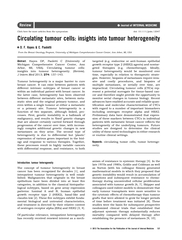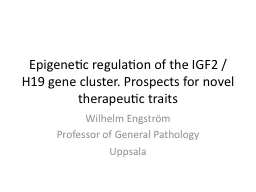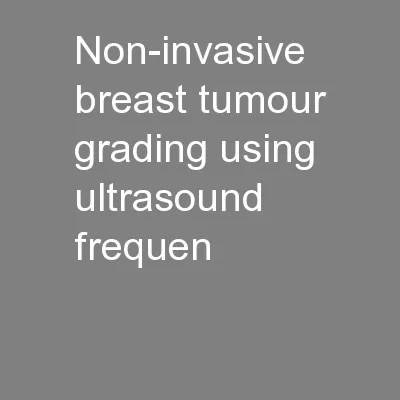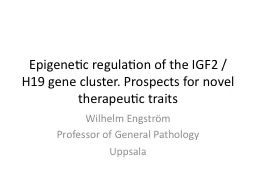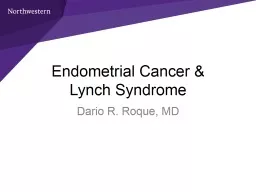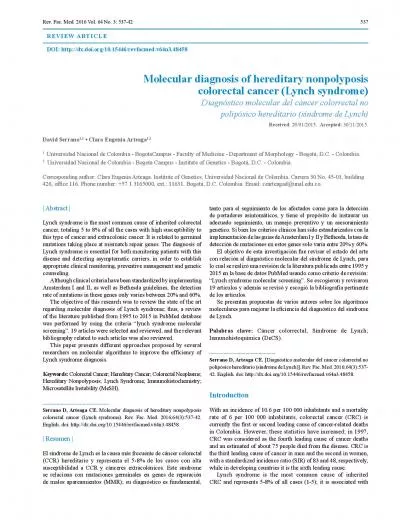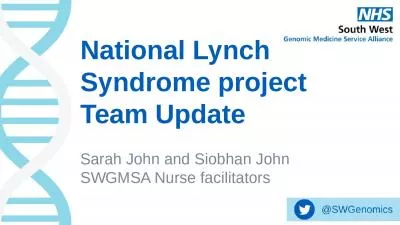PPT-Tumour Analysis-Lynch Syndrome
Author : olivia-moreira | Published Date : 2016-05-26
Dr Alan Donaldson Consultant in Clinical Genetics Bristol Why do tumour analysis To identify 15 of individuals whose colon cancer may be due to Lynch syndrome for
Presentation Embed Code
Download Presentation
Download Presentation The PPT/PDF document "Tumour Analysis-Lynch Syndrome" is the property of its rightful owner. Permission is granted to download and print the materials on this website for personal, non-commercial use only, and to display it on your personal computer provided you do not modify the materials and that you retain all copyright notices contained in the materials. By downloading content from our website, you accept the terms of this agreement.
Tumour Analysis-Lynch Syndrome: Transcript
Download Rules Of Document
"Tumour Analysis-Lynch Syndrome"The content belongs to its owner. You may download and print it for personal use, without modification, and keep all copyright notices. By downloading, you agree to these terms.
Related Documents


